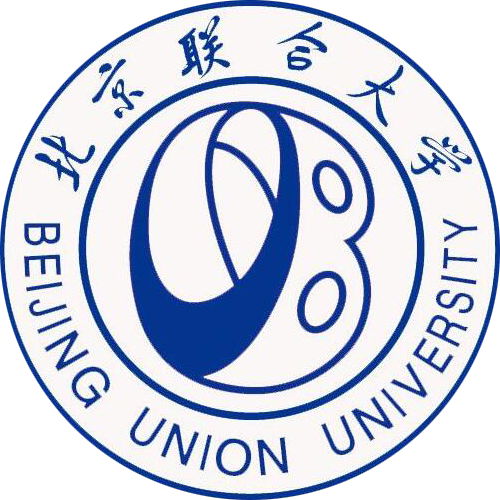详细信息
Exploring Spatial-Temporal Coupling and Its Driving Factors of Cultural and Tourism Industry in the Beijing-Tianjin-Hebei Urban Agglomeration, China ( SCI-EXPANDED收录)
文献类型:期刊文献
英文题名:Exploring Spatial-Temporal Coupling and Its Driving Factors of Cultural and Tourism Industry in the Beijing-Tianjin-Hebei Urban Agglomeration, China
作者:Du, Huifang[1];Liu, Jianguo[1]
第一作者:Du, Huifang
通讯作者:Liu, JG[1]
机构:[1]Beijing Union Univ, Tourism Coll, Beijing 100101, Peoples R China
第一机构:北京联合大学旅游学院
通讯机构:[1]corresponding author), Beijing Union Univ, Tourism Coll, Beijing 100101, Peoples R China.|[1141732]北京联合大学旅游学院;[11417]北京联合大学;
年份:2025
卷号:17
期号:3
外文期刊名:SUSTAINABILITY
收录:;Scopus(收录号:2-s2.0-85217821554);WOS:【SSCI(收录号:WOS:001419428100001),SCI-EXPANDED(收录号:WOS:001419428100001)】;
基金:The publication of the present work is supported by the Key Program for Scientific Research of Beijing Union University (grant no. SKZD202306) and the Project for Graduate Education Science Research of Beijing Union University (grant no. YK202401).
语种:英文
外文关键词:the BTH urban agglomeration; cultural and tourism industry; coupling coordination development; driving factors
摘要:This study focuses on the 13 cities within the Beijing-Tianjin-Hebei (BTH) urban agglomeration, developing a sophisticated rating index system grounded in a factor-environment-effect framework to assess the coupling and coordinated development of the cultural and tourism industries across the region, alongside their spatiotemporal evolution dynamics. The study further delves into the internal constraints and external driving forces, aiming to identify the current state and key bottlenecks of regional cultural-tourism integration. The findings indicate that: (1) On the whole, the cultural and tourism industries in the region exhibit a fluctuating yet upward trajectory, with a robust coupling between the two systems. The coupling coordination has transitioned from the "uncoordinated state" to the "transition stage". (2) Regionally, the degree of coupling coordination evolves from "uncoordinated" to "coordinated". Cities have progressively advanced in their coupling coordination levels and shown certain spatial clustering characteristics. Based on the evolving types of coupling coordination, six distinct patterns are identified. Beijing and Tianjin have emerged as models of synchronized cultural-tourism development, while cities in Hebei are increasingly shifting toward a tourism-prioritized development model. (3) Cultural development effects represent the primary obstacle factors, while technological innovation, urban infrastructure, digital construction, and government investment emerge as the major driving forces. Specifically, the interactions between industrial structure and government investment, industrial structure and technological innovation, and urban environment and economic scale have a more significant impact on the development of the cultural-tourism coupling coordination development. Based on the preceding analysis, it is recommended to implement targeted policy measures to enhance collaboration between Beijing, Tianjin, and the surrounding cities in critical sectors. This should focus on expanding the synergies between culture and tourism, leveraging digital technologies to foster innovation and integration within the cultural and tourism industries. Such initiatives will help mitigate the regional disparities in the development of cultural-tourism integration and promote a more balanced and sustainable growth trajectory.
参考文献:
![]() 正在载入数据...
正在载入数据...


